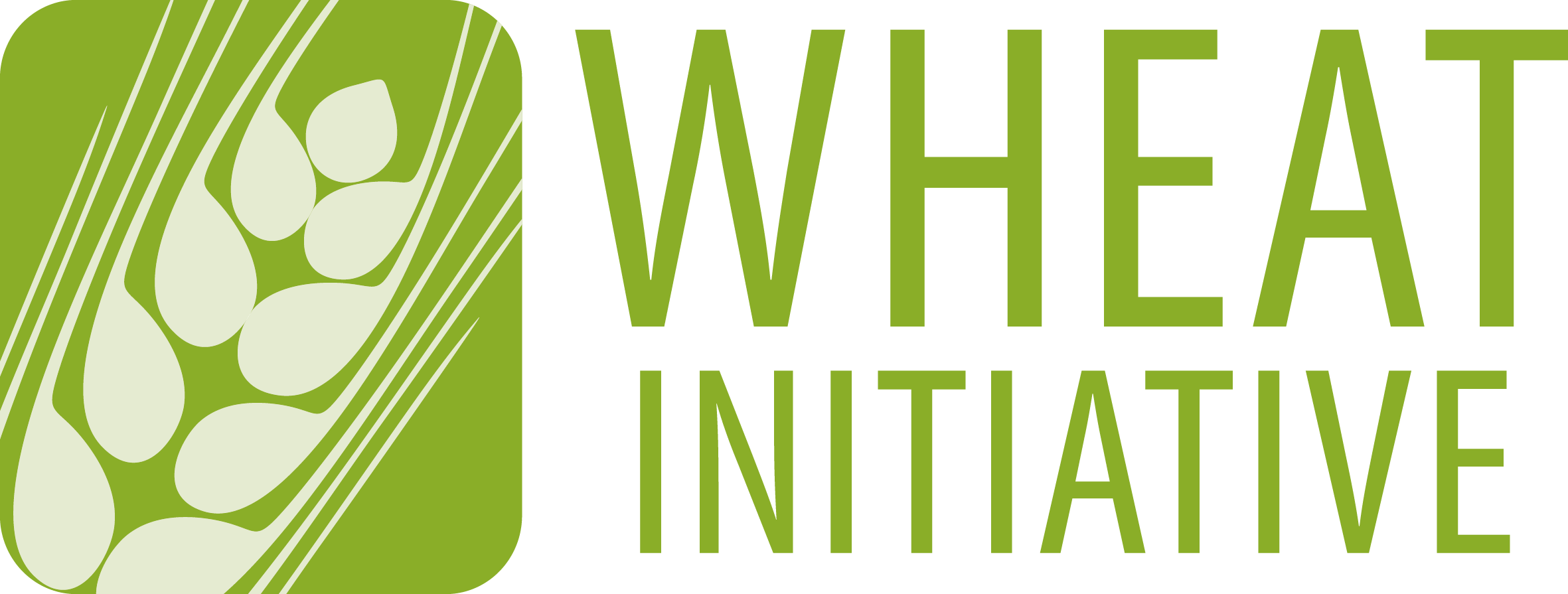INTERNATIONAL WHEAT YIELD PARTNERSHIP
One of the Wheat Initiative’s key aims, increasing wheat yield and developing new wheat varieties adapted to different geographical regions, is delivered by the International Wheat Yield Partnership.
The International Wheat Yield Partnership (IWYP) is an international partnership of research funders and research organisations. The Partnership was instigated by the UK’s Biotechnology and Biological Sciences Research Council (BBSRC), the International Maize and Wheat Improvement Center (CIMMYT), Mexico’s Secretariat of Agriculture, Livestock, Rural Development, Fisheries and Food (SAGARPA) and the U.S. Agency for International Development (USAID) in 2012.
IWYP represents a long-term, global endeavour that utilizes a collaborative approach to bring together funding from public and private research organisations from a large number of countries. The Partnership will support both core infrastructure and facilitate transnational open calls for research, all targeted at raising the yield potential of wheat. Over the first five years, the growing list of partners aims to invest up to US$100 million. All partners are committed to transparency, collaboration, open communication of results, data sharing as well as improved coordination to maximize global impact and eliminate duplication of effort. IWYP is an independent research activity but, as with all public wheat research activities, IWYP will help the Wheat Initiative to fulfil its mission to "co-ordinate wheat research and contribute to global food security."
Read the IWYP Annual Reports:
INTERNATIONAL WHEAT YIELD PARTNERSHIP ANNUAL REPORTS 2018-2024
IWYP announces new programme director:
The International Wheat Yield Partnership (IWYP) and the Biotechnology and Biological Sciences Research Council (BBSRC) of the UK are pleased to announce the appointment of Dr Jeff Rosichan as Program Director of IWYP, following the retirement of Jeff Gwyn last year. Read full press release here.



